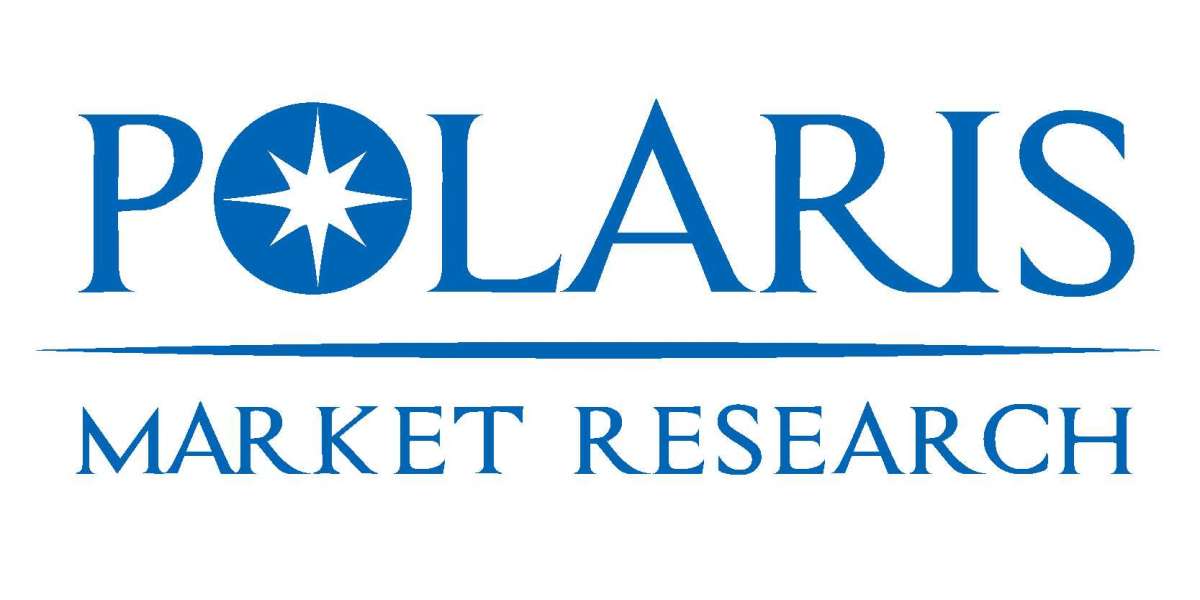Acupuncture Gaining Mainstream Acceptance Amidst Research Boom and Demand for Holistic Care
Once primarily viewed as an alternative therapy, acupuncture is increasingly solidifying its position within mainstream healthcare, driven by a growing body of scientific evidence, rising patient demand for non-pharmacological treatments, and concerted efforts to integrate ancient practices with modern medicine.
The global acupuncture market is experiencing robust growth, projected to reach approximately USD 2.76 billion by 2032, expanding from an estimated USD 1.47 billion in 2024. This significant rise, with a Compound Annual Growth Rate (CAGR) of 8.2% from 2025 to 2032, underscores a broader societal shift towards holistic and patient-centered care, alongside a growing awareness of acupuncture's efficacy.
Scientific Validation and Expanding Applications:
Recent research is shedding light on the mechanisms and effectiveness of acupuncture, particularly in the realm of pain management:
Pain Relief Dominance: Acupuncture is widely recognized for its efficacy in treating various pain conditions, including chronic low back pain, neck pain, migraines, osteoarthritis, and even post-operative pain. Studies indicate it can significantly reduce pain intensity, decrease analgesic intake, and improve patients' quality of life. The International Association for the Study of Pain (IASP) and various U.S. health organizations (AHRQ, FDA, HHS) support or recommend acupuncture as part of comprehensive pain care.
Beyond Pain: Research is expanding into diverse areas, including:
- Neurological Health: Exploring its impact on conditions like neuropathy and other nervous system disorders.
- Oncology and Cancer Treatment: Used to manage cancer-related pain, fatigue, nausea, and hot flashes.
- Women's Health: Addressing gynecological issues, menstrual problems, PMS, PCOS, menopause symptoms, and even infertility.
- Mental Health: Showing promise in managing stress, anxiety, and depression.
- Digestive Issues and Sleep Problems: Emerging as a supportive therapy.
Mechanisms Unveiled: Modern neuroimaging research is demonstrating how acupuncture modulates specific brain networks involved in sensory, affective, and cognitive processing of pain. It's believed to trigger the release of endogenous opioids and other biochemical mediators, activate descending pain control systems, and reduce inflammation.
Integration into Mainstream Healthcare:
The push for integrative medicine is a major factor in acupuncture's growing acceptance:
- Hospital and Clinic Adoption: A growing number of hospitals and specialty clinics, including many National Cancer Institute–designated cancer centers in the U.S., now offer acupuncture services as a complementary therapy.
- Government Support: In some regions, like the UK, acupuncture has been authorized as a standard healthcare organization, and global bodies like the World Health Organization (WHO) are actively supporting the integration of safe and evidence-based traditional and complementary medicine into national health systems. WHO has also issued benchmarks for acupuncture practice and standard acupuncture point locations to ensure consistency and safety.
- Insurance Coverage: While variable, insurance coverage for acupuncture is expanding, particularly for conditions like low back pain, making it more accessible to patients.
Challenges and the Path Forward:
Despite the positive trends, challenges remain:
- Standardization and Quality of Evidence: While a large volume of research exists, the quality of supportive evidence can be heterogeneous. There's a continuous call for more rigorous, high-quality randomized controlled trials to further solidify its evidence base.
- Lack of Knowledge and Misconceptions: Some healthcare professionals and the public may still have limited knowledge or misconceptions about acupuncture.
- Regulatory Hurdles: Lack of standardized practices and regulations across all regions can pose challenges.
- Cost and Accessibility: While efforts are being made through models like community acupuncture, the cost and the availability of trained practitioners can still be barriers.
Nevertheless, the trajectory for acupuncture is clear. As scientific understanding deepens, and as healthcare systems increasingly embrace holistic and patient-centered approaches, acupuncture is set to play an even more prominent role in global health and wellness.








